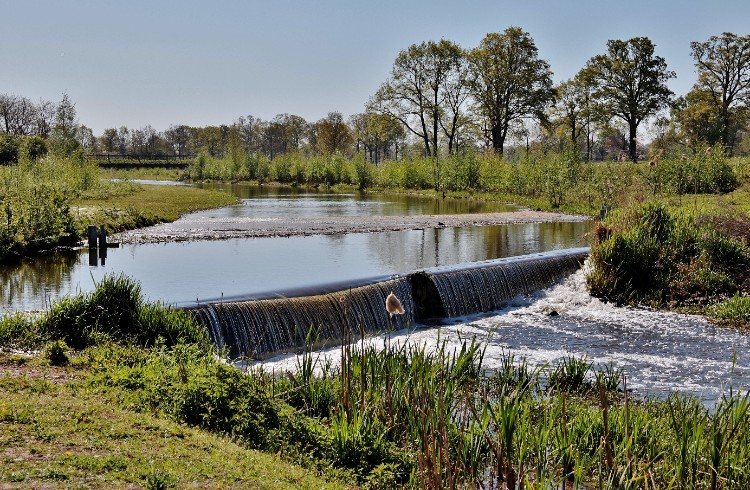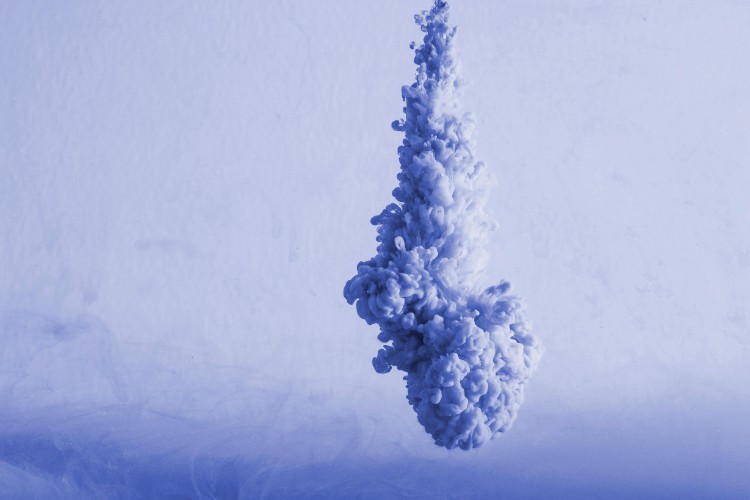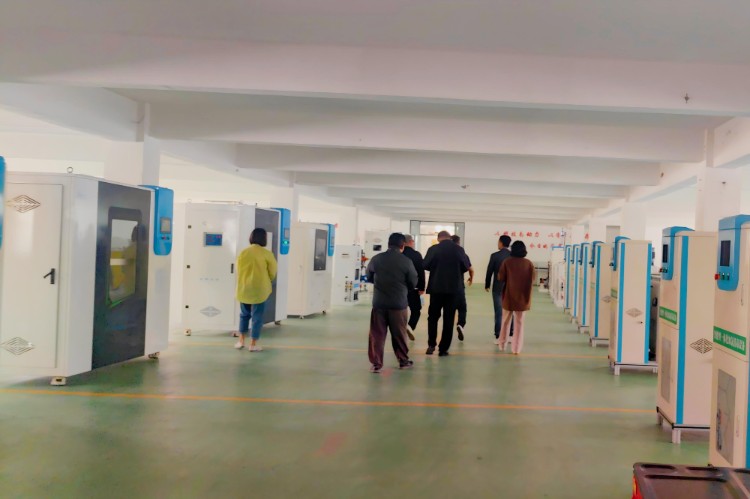How do Water Treatment Plants Clean Water?
Introduction: Why Clean Water Is a Miracle We Make
Let’s be honest. We turn on a tap and expect clean water.
But behind that miracle is a science-backed system that battles filth bacteria and everything in between. At Shandong Shine we’re not just watching—we’re creating solutions. And if you’ve ever wondered How do water treatment plants clean water?—you’re in the right place.
We’ll walk you through it. Expect pipes filters chemical reactions and some salty surprises.
We’ll also share how tools like the Shine Sodium Hypochlorite Generator help fight the invisible war on germs. Buckle up. It’s not just water. It’s life.

What Happens at a Water Treatment Facility?
Water doesn’t walk into your glass all clean and shiny. Treatment begins way before it hits your faucet.
The Journey Starts at the Source
Water comes from rivers lakes reservoirs or even salt water in coastal areas. Each source brings its own set of impurities.
Screening the Junk
The first step is removing the obvious stuff—twigs plastics leaves. This part uses large mesh screens that trap physical debris. Think of it as the bouncer of the treatment club.
Coagulation and Flocculation: Sticky Science
What’s Coagulation Anyway?
In this stage treatment facilities add chemicals like alum. These make tiny particles stick together forming larger clumps.
Now Enter Flocculation
Gentle mixing helps the clumps grow into flocs. These flocs are heavy. They sink like a rock in a pond. Bye-bye dirt.
Fun fact: If you love snow globes you’d enjoy watching flocculation. It’s oddly satisfying.

Sedimentation Tanks: Let It Settle
Once flocs form they flow into sedimentation tanks. Gravity takes over. The flocs settle at the bottom and cleaner water floats above.
This step does a lot of heavy lifting. It removes over 85% of solids.
Filtration: The Squeeze That Counts
Sediment-free water flows through layers of sand gravel charcoal and sometimes even anthracite.
What Does It Catch?
· Bacteria
· Viruses
· Fine particles
· Organic material
Think of it as the Brita filter's older tougher sibling.
Disinfection: The Germ War Begins
This is where we shine—literally and figuratively.
Enter Sodium Hypochlorite
At this point we kill whatever germs remain. Many treatment facilities use sodium hypochlorite, a powerful oxidizer.
Why Use Hypochlorite Generation?
We use it because it works. It’s fast effective and leaves a lasting impact. Our Shine Sodium Hypochlorite Generator creates it on-site. No storage no transport risk—just simple safety.
Benefits:
· Instant production
· No chlorine gas tanks
· Controls taste and odor
· Keeps water clean longer
We’ve helped dozens of plants switch to safer cleaner methods. And we’re just getting started.
pH Adjustment and Recycled Water Recovery
After disinfection some water needs pH balancing. That way it doesn’t corrode pipes or mess with minerals.
What About Recycled Water?
Oh yes we reuse water too. Many plants treat sewage into recycled water for irrigation industry or toilets. It’s not drinking water yet but it’s gold for water-scarce areas.
Pro tip: Recycled water is purple pipe water. Don’t drink it. But do appreciate it.
Monitoring Water Quality in Real-Time
Modern treatment facilities use sensors meters and smart tech to watch water like a hawk.
Key Metrics We Track
· Turbidity
· Chlorine residual
· Microbial counts
· Conductivity
· Flow rate
Our systems log everything. If there’s a weird blip in water quality, alarms go off. That’s how we stop problems before they start.
Hypochlorite Generation: A Cleaner Future
We believe hypochlorite generation is the future. Why?
· It reduces chemical transport risks
· It's cost-efficient
· It’s environmentally friendly
Our Shine Sodium Hypochlorite Generator produces powerful disinfectant from just salt water electricity and water. No added chemicals. No fuss. Just results.

Common Contaminants That Water Treatment Kills
Contaminant | Removed By | Health Impact |
E. coli | Disinfection | Causes diarrhea |
Lead | Corrosion control | Damages nervous system |
Nitrates | Filtration | Affects infants’ health |
Microplastics | Advanced filtration | Unknown long-term effects |
Viruses | Disinfection | Causes disease outbreaks |
The Emotional Side: Why It Matters to Us
We don’t just build machines. We build trust.
Every drop of drinking water treated through our systems matters. It goes into baby bottles family meals hospital sinks. That’s personal. That’s what drives us.
You deserve water that’s clean fresh and safe. And we wake up every morning making sure that happens.
Summary Checklist: How Water Gets Cleaned
1. Source: River lake reservoir or salt water
2. Screening: Removes large junk
3. Coagulation & Flocculation: Clumps fine particles
4. Sedimentation: Lets the heavy stuff sink
5. Filtration: Removes particles bacteria viruses
6. Disinfection: Kills the remaining germs
7. pH Adjustment: Prevents corrosion
8. Monitoring: Ensures ongoing water quality
9. Recycling: Uses treated water for non-drinking purposes
How You Can Help Keep Water Safe
· Avoid dumping grease or chemicals down drains
· Fix leaks quickly
· Support eco-friendly treatment tech
· Ask your local utility how they treat water
· Learn about sodium hypochlorite—it’s probably in your tap
Bonus tip: If your tap water smells like a swimming pool, it’s just chlorine doing its job.
Final Thoughts: Clean Water Takes a Village
We clean water so you don’t have to think twice. But behind every drop is a team of engineers scientists operators—and us at Shine. We believe water isn’t just a resource. It’s a right.
Let’s protect it together.
